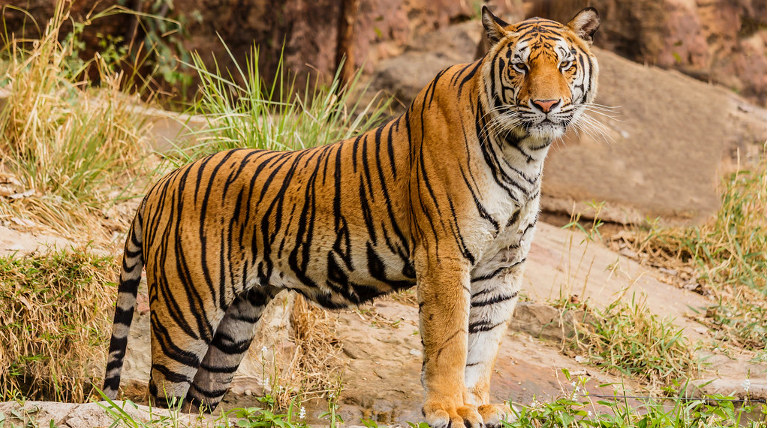ads
Bengal Tigers May Not Survive Climate Change - UN Reports
Nisha Gowri (Author) Published Date : May 13, 2019 16:14 ISTTechnology News
There are around 500,000 species in the world’s largest marshy wetland, The Sundarbans. Sundarbans is 10000 sq km in area in the Bangladesh and India. All are under threat because of the threat to their natural habitat. 70% of the entire Sundarbans are just a few feet above the sea level. The warming planet is more enough to reduce the population of the Bengal tigers. By 2070, there will be no suitable tiger habitats in the Bangladesh Sundarbans.
From the 1990s, because of habitat loss, hunting and illegal trade of animal parts, the global population of the Tigers have gone down from 100,000 to less than 4,000. Changes in climate and vegetation can bring in confrontations between the humans and tigers as tigers will search for new land. From 2010, there are warning coming up from around the world. In 2010, the World Wide Fund for Nature has told that an increase of 11 inches in the sea level can reduce the number of tigers in the Sundarbans by 96%.
Habitat loss is indispensable if there is an increase in the sea level of 5.4%. In a recent report from UN confirmed that the increase in the temperature of the planet when reaches 1.5 degree Celsius, will surely affect the flood-prone areas, coral reefs, and food chain. The tidal records of the decades show a rise in the speed of the high tides than the global average of Bangladesh.
Bengal Tigers May Not Survive Climate Change - UN Reports




